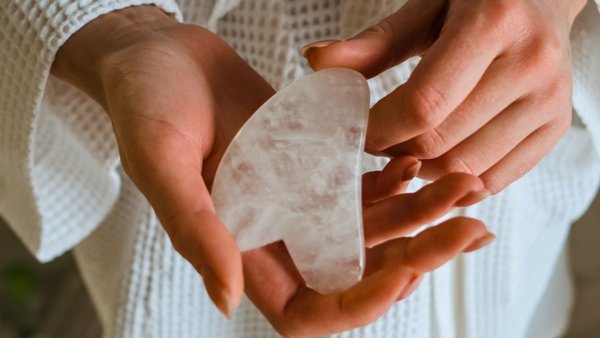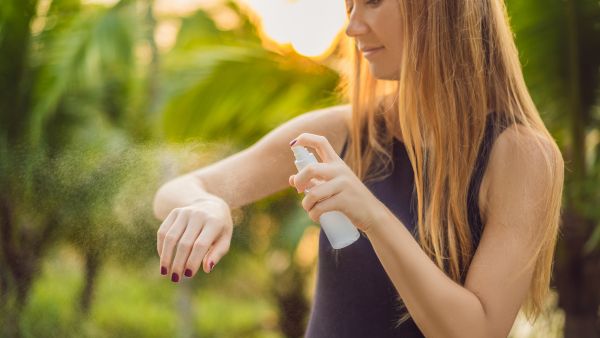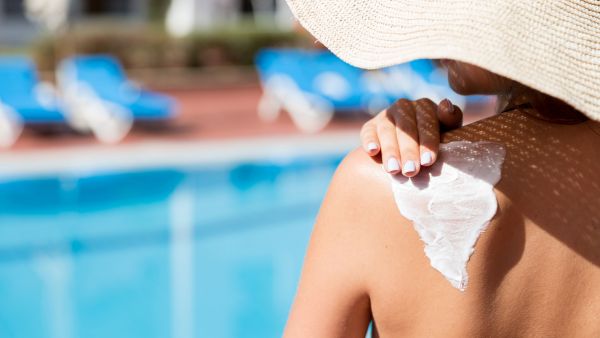Himalayan Sea Buckthorn Oil for Skin Rejuvenation
Sea buckthorn is a super-nutrient oil revered in skincare for its unparalleled ability to enhance skin radiance, boost hydration, and combat premature aging.
This "liquid gold" is not an oceanic extract but a precious yield from the Sea buckthorn shrub, thriving in the lofty realms of the Himalayas.
Meticulously extracted via mechanical cold pressing from Sea buckthorn berries ensures a potent blend of omegas essential for skin health.
A jewel in traditional medicine
Rooted in centuries-old wisdom, Sea buckthorn has been a cornerstone in Traditional Chinese Medicine (TCM) since the Tang Dynasty (618-907 C.E.), cherished for its holistic health benefits.
Its Latin name, Hippophae rhamnoides, meaning 'shiny horse,' hints at its historical use for enhancing the vitality and coat health of horses, a testament to its nourishing properties.
Omega-rich rejuvenation
The secret behind Sea buckthorn oil's remarkable skin benefits lies in its comprehensive fatty acid profile, encompassing omega-3, 6, 7, and 9, making it a unique botanical source of all four essential omegas.
These lipids are pivotal in moderating the skin's inflammatory response, which is crucial since chronic inflammation is a precursor to premature aging and DNA damage.
The anti-inflammatory properties of Sea buckthorn oil not only soothe the skin but also protect it against the ravages of time, promoting a youthful, vibrant complexion.
Beyond inflammation control, these fatty acids facilitate deep skin penetration, promoting regeneration, collagen production, and renewal. This action is critical for epidermal recovery and helps minimize the look of scars.
Omega-9, for instance, enhances the skin's absorption of other beneficial compounds, whereas omega-6, converted into prostaglandins, plays a vital role in skin recovery and nutrient transport.
A standout feature of Sea buckthorn oil is its omega-7 content, a rarity in the plant kingdom, known for boosting keratinization, telomerase activity, and collagen formation.
These processes are essential for slowing aging and reducing hyperpigmentation.
Strengthening the skin barrier
The integrity of the skin barrier is fundamental to overall skin health, serving as a defense against microbial invasion and moisture loss. It is also easily compromised as we age, due to a reduction in our skin’s natural oil production.
Sea buckthorn oil's rich phytoceramide and lipid content fortifies this barrier, effectively reducing transepidermal water loss (TEWL) and shielding the skin from inflammation-induced aging and structural damage.
Its barrier-strengthening properties also offer support for inflammatory skin conditions, such as dermatitis and rosacea, comforting sensitive reactive-prone skin.
Antioxidant power for smoother firmer skin
Environmental stressors like UV radiation, pollution, and psychological stress contribute to increased reactive oxygen species (ROS) levels, accelerating skin aging through oxidative stress.
Sea buckthorn oil is a powerhouse of antioxidants, including polyphenols and vitamins A, E, and C—boasting a vitamin C content 15 times higher than that of oranges!
These antioxidants mitigate ROS damage, support collagen synthesis, and provide regenerative benefits, crucial for preventing premature aging and facilitating skin recovery.
Moreover, the oil's phytonutrients can help curb the activity of sun-induced MMP enzymes responsible for collagen degradation, offering further protection against aging and inflammation.
Enhanced radiance
Sea buckthorn oil may help support skin detoxification and oxygenation, culminating in a more radiant and glowing complexion.
This improvement boosts skin barrier health and resilience, something that is especially beneficial for those who spend time in extreme climatic conditions, like skiing in Telluride!
Sea buckthorn oil stands out as a multifaceted elixir in skin care, offering a spectrum of benefits from anti-inflammatory and barrier-strengthening actions to antioxidant protection and radiance enhancement.
You can find Sea buckthorn in our best-selling Alpine Phytonutrient Serum and Purist Delicate Skin Serum.
Continue reading








